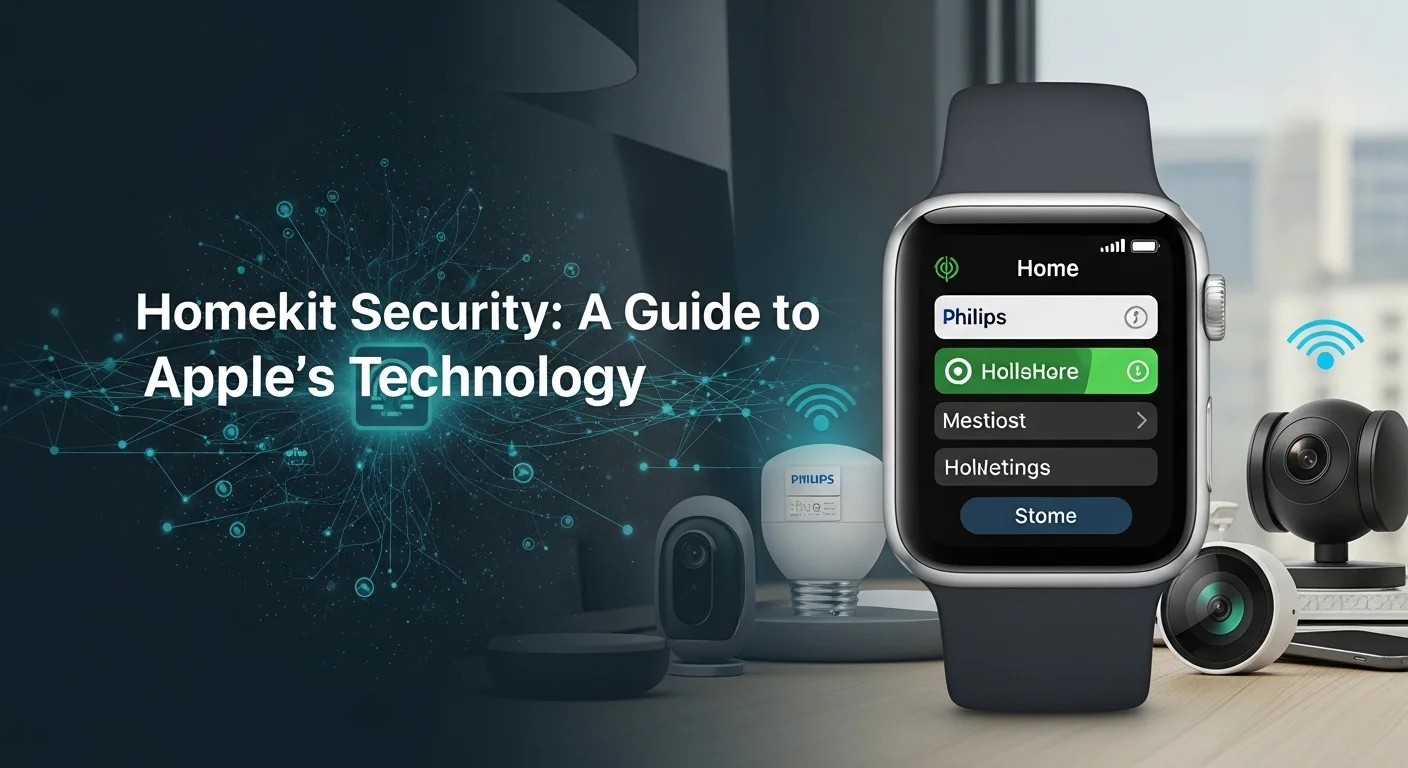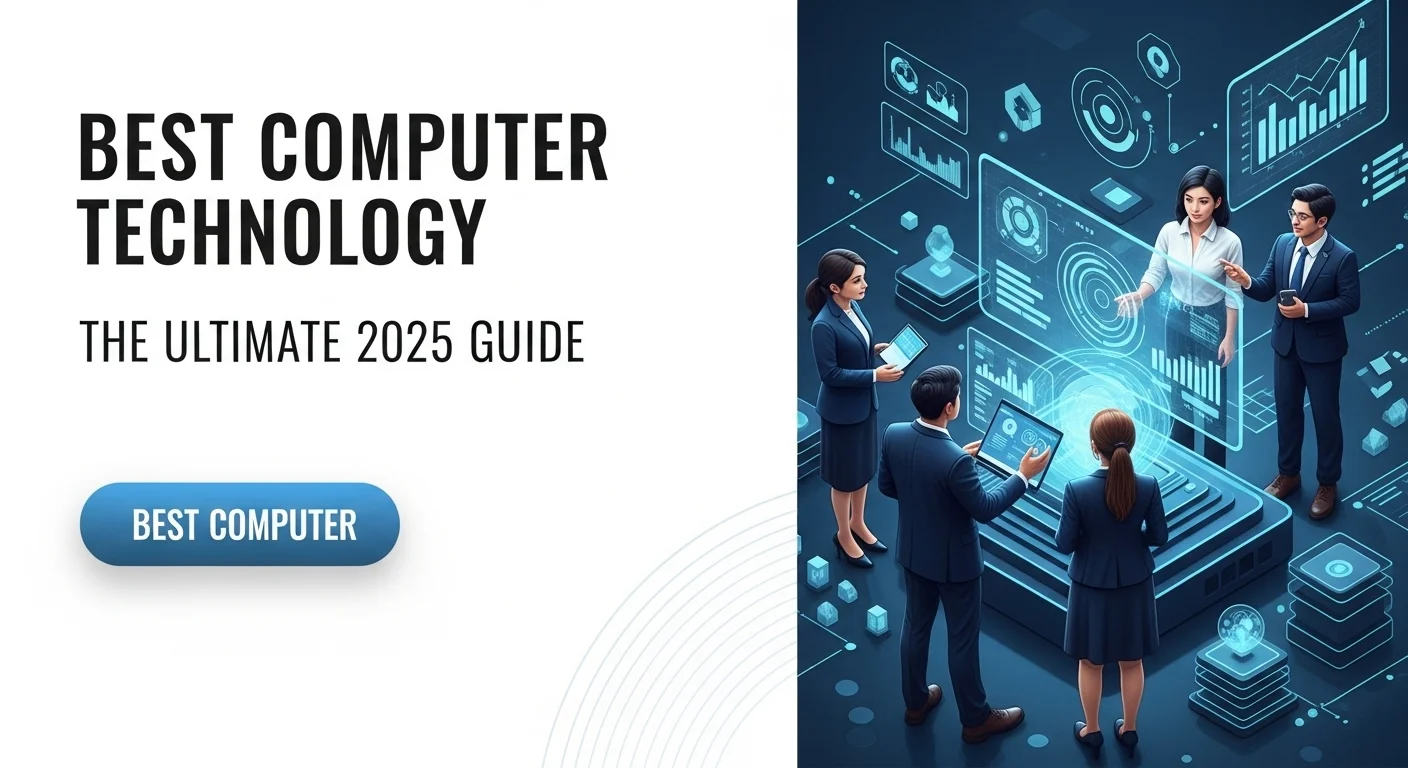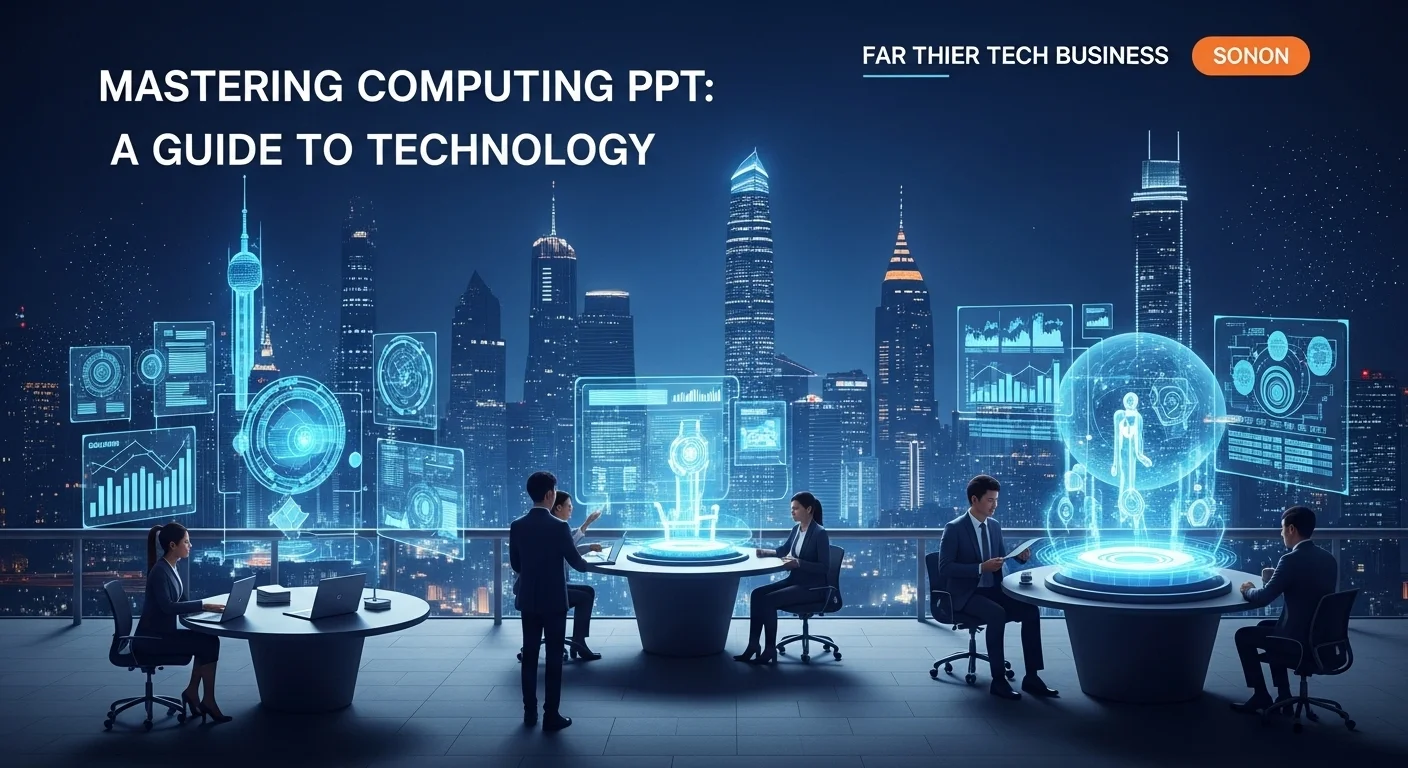IaaS Explained: Your Plain-English Guide to Cloud Infrastructure
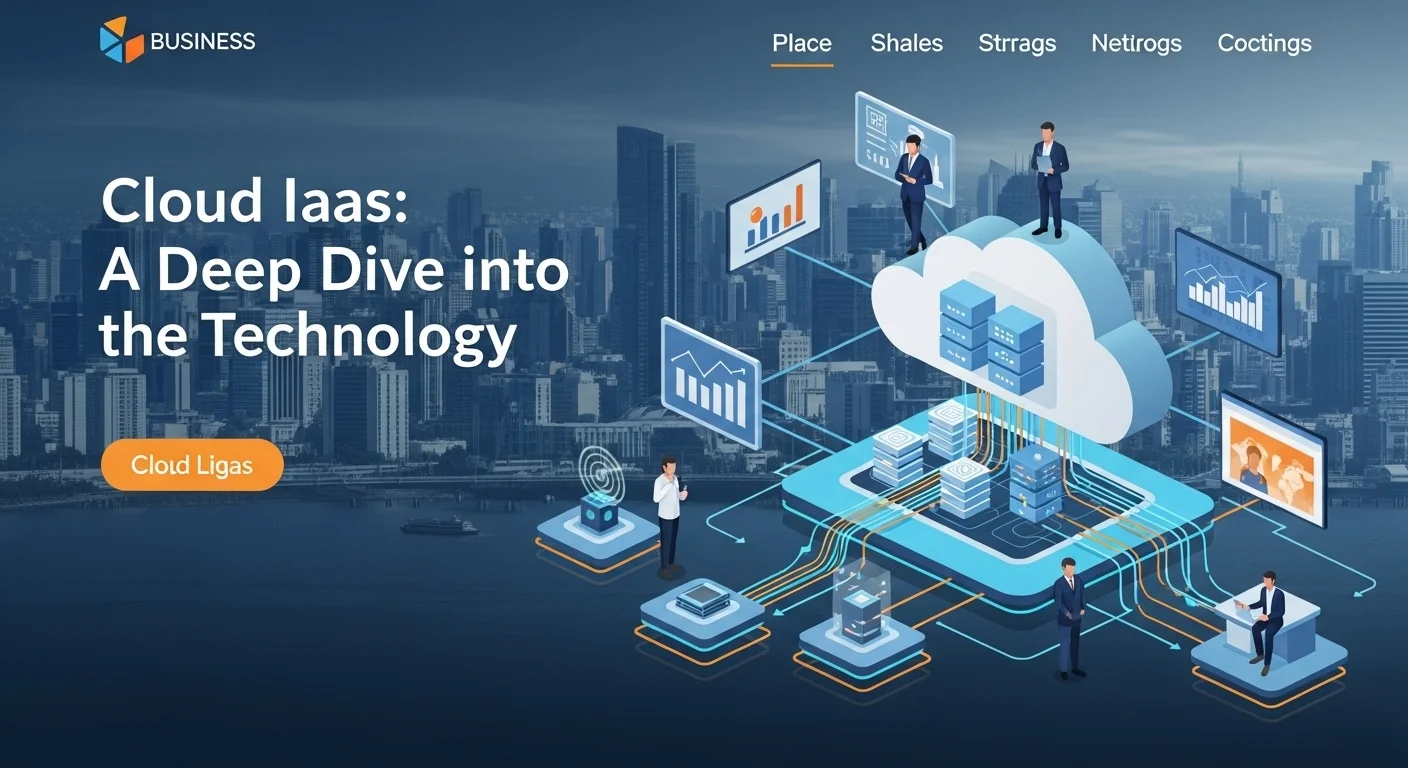
Executive Summary
I've been in the tech world long enough to remember when getting a new project off the ground meant waiting weeks, or even months, for new servers to be ordered, delivered, and installed. It was a huge capital expense and a massive bottleneck to innovation. Then came Infrastructure as a Service (IaaS), and it completely changed the game. It’s the bedrock of modern cloud computing, but it’s often wrapped in confusing jargon. This article is my attempt to cut through the noise. We'll explore what IaaS really is—the compute, storage, and networking power you can rent in minutes—and why it’s a strategic must-have. We’ll look at real-world offerings from major players like Google Cloud and Oracle Cloud, uncovering what makes them tick and who they're best for. Whether you're a tech leader or a business owner, understanding IaaS is key to staying agile, controlling costs, and outmaneuvering the competition. Let's dive in and see how you can use it to build something amazing.
Table of Contents
Table of Contents
- What is IaaS and Why Does It Matter?
- Cloud Service Models: IaaS vs. PaaS vs. SaaS
- The Building Blocks of IaaS
- Why IaaS is a Game-Changer for Business
- A Practical Guide to IaaS for Business
- Technical Methods & Architecture in IaaS
- Comparing the Giants: Google Cloud vs. Oracle Cloud
- Business Strategies for Adopting IaaS
- Pro Tips for Mastering Your IaaS Environment
- Mastering Cloud Cost Optimization
- Strengthening Your IaaS Security
- Optimizing for Peak Performance
What is IaaS and Why Does It Matter?
In today's fast-paced digital world, businesses need to be quick on their feet. The old way of doing things—buying and maintaining closets full of physical servers—is just too slow and expensive. This is where Infrastructure as a Service, or IaaS, comes in. It's a technology that has completely revolutionized how companies, big and small, think about their IT foundation. It provides the essential digital building blocks for growth and innovation. But what is it, really, and why has it become so fundamental to any modern tech strategy?
In simple terms, IaaS is a cloud computing model where you rent the basic components of a data center from a provider, like Google or Oracle. This includes servers, storage, and networking, all delivered to you over the internet on a pay-as-you-go basis. I like to think of it like renting a fully equipped commercial kitchen. You get the ovens (servers), the refrigerators (storage), and the plumbing and electricity (networking), but you get to decide what you cook (your applications and software). This gives you incredible control and flexibility without the massive upfront cost and headache of building and maintaining the kitchen yourself. The provider handles the physical hardware and security, while you manage everything from the operating system on up.
Understanding the Cloud Service Models: IaaS vs. PaaS vs. SaaS
To really get IaaS, it helps to see where it fits in the cloud family. There are three main models: IaaS, PaaS (Platform as a Service), and SaaS (Software as a Service). The difference between them is simply how much you manage versus how much the provider manages for you. Let's use my favorite analogy: Pizza as a Service.
- Infrastructure as a Service (IaaS): This is the 'take and bake' option. The provider gives you the kitchen, oven, flour, water, and tomatoes (the infrastructure). You have to make the dough, create the sauce, add your own cheese and toppings, and bake it yourself. You have maximum control over the final product. This is what you get with services like Amazon EC2, Google Compute Engine, and Oracle Cloud Infrastructure.
- Platform as a Service (PaaS): This is like ordering pizza delivery, but from a place that only sells the base and you add your own toppings at home. The provider manages the dough and sauce (the platform, including the operating system). You just focus on the creative part—the toppings and final bake (your application code). Examples include Google App Engine and Heroku.
- Software as a Service (SaaS): This is like ordering a fully cooked pizza delivered to your door. The provider handles everything—the pizza, the cooking, the delivery. You just eat it. You don't manage any of the underlying infrastructure or software; you just use the service. Think Gmail, Salesforce, or Microsoft 365.
The IaaS cloud model offers the most control, which is perfect for businesses with unique security needs, complex legacy applications, or development teams who want to customize their environment from the ground up.
The Building Blocks of IaaS
Every IaaS platform is built on three fundamental pillars:
- Compute: This is the engine—the raw processing power for your applications. In the cloud, this comes in the form of virtual machines (VMs), which are essentially digital versions of physical servers. You can pick and choose how many CPUs and how much RAM you need, and even add specialized hardware like GPUs for heavy-duty tasks.
- Storage: This is where your data lives. IaaS offers different types of storage for different needs, from super-fast 'block storage' that acts like a server's hard drive, to massive, durable 'object storage' for things like photos and videos.
- Networking: This is the plumbing that connects everything. It allows your VMs to talk to each other and to the internet. IaaS providers give you powerful tools to create your own private networks, balance traffic, and set up firewalls for security.
Why IaaS is a Game-Changer for Business
Switching to IaaS isn't just a tech upgrade; it's a strategic business move. Here's why it's so powerful:
- Smarter Spending: The biggest win is moving from huge upfront hardware costs (Capital Expenses) to a predictable, pay-as-you-go operational expense (OpEx). This opens the door for startups and small businesses to use the same powerful tools as large enterprises.
- Scale on Demand: Business isn't always predictable. A marketing campaign could cause a huge traffic spike. With IaaS, you can instantly add more server power to handle the load and then scale back down when things quiet down. You only pay for what you use.
- Unmatched Speed and Agility: I remember it taking a month to get a new server ready. With IaaS, I can spin one up in about two minutes. This speed is a superpower, allowing teams to experiment, innovate, and get products to market faster than ever before.
- Built-in Disaster Recovery: IaaS providers have data centers all over the world. This makes it incredibly easy to back up your systems in a different geographic region. If a disaster strikes one location, you can fail over to the other with minimal disruption.
- Focus on What Matters: By letting the cloud provider handle the hardware, your tech team is freed from the thankless job of managing physical machines. They can focus their talent on building great products and services that actually drive your business forward.
While there are many IaaS cloud services, offerings from Google Cloud and Oracle Cloud stand out for different reasons. Google Cloud, for example, is brilliant for companies built on data, offering incredible networking and machine learning tools. Oracle Cloud, on the other hand, excels at running high-performance, old-school enterprise applications, especially for companies already in the Oracle ecosystem. At its heart, IaaS provides a powerful and efficient foundation for building the future, empowering businesses to be more resilient and innovative.
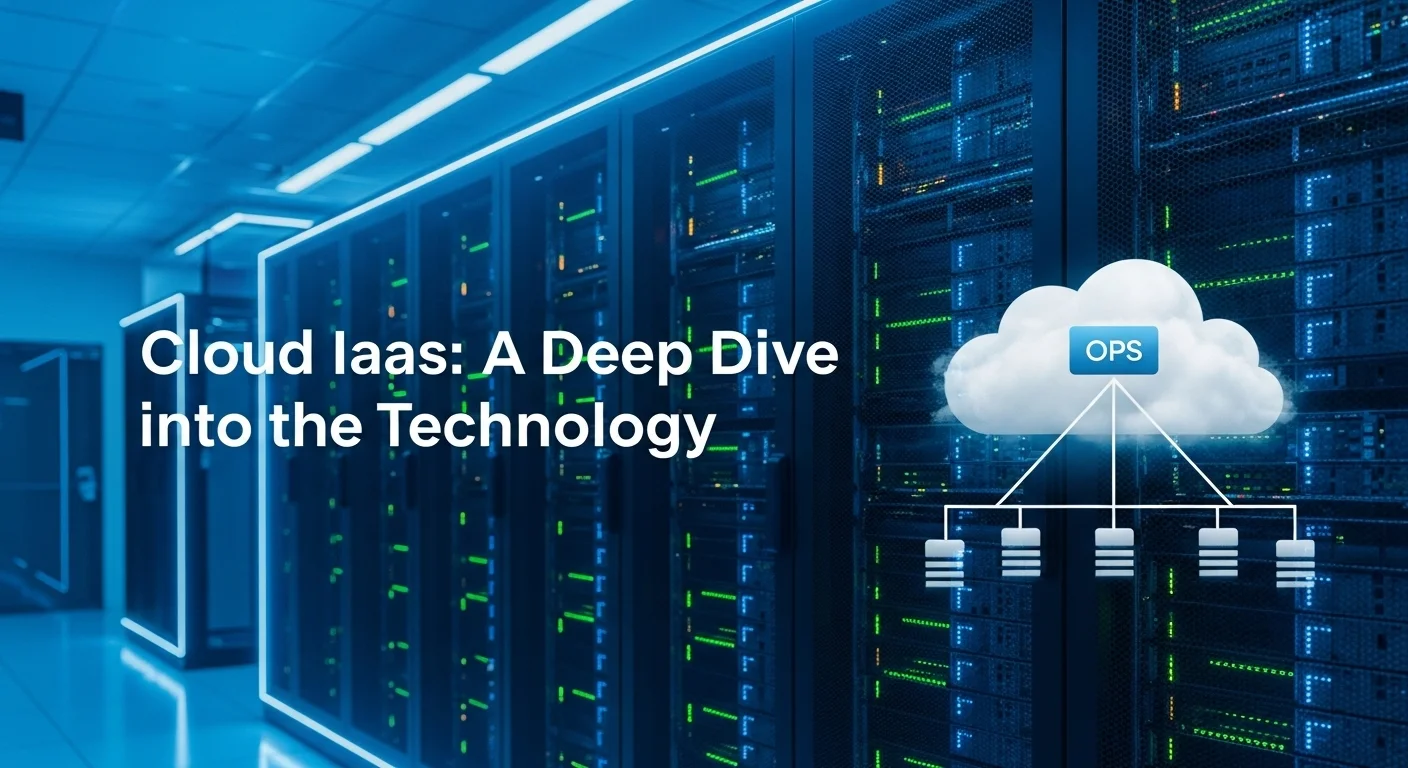
A Practical Guide to IaaS for Business
So, you understand the 'what' and 'why' of Infrastructure as a Service. Now it's time for the 'how.' To truly harness the power of IaaS, you need a practical playbook that covers the technical methods, business strategies, and a clear-eyed look at the major players. This guide is designed to give you just that—a roadmap to help you choose the right IaaS cloud services and implement them in a way that aligns with your business goals.
Technical Methods & Architecture in IaaS
Successfully using IaaS is about more than just clicking a button to launch a server. It's about adopting modern architectural patterns that unlock its true potential. In my experience, these are the concepts that really move the needle:
- Virtualization: This is the magic behind the scenes. It's the technology that allows a single physical machine to be carved up into many isolated virtual machines (VMs). It's the foundation of cloud's efficiency and flexibility.
- Infrastructure as Code (IaC): This was a game-changer for me. Instead of manually setting up your infrastructure through a web portal, you define it in code using tools like Terraform or Ansible. This makes your setups repeatable, consistent, and less prone to human error. You can version-control your infrastructure just like you do with your application code.
- Auto-Scaling and Load Balancing: These two work hand-in-hand to handle unpredictable traffic. Auto-scaling automatically adds or removes servers based on real-time demand, ensuring your app stays fast without you paying for idle machines. Load balancers then spread the traffic evenly across those servers, preventing any single one from getting overloaded.
- Microservices Architecture: This is a modern way to build applications that fits perfectly with IaaS. Instead of one giant, monolithic program, you build a collection of small, independent services. Each service can be updated, deployed, and scaled on its own IaaS resources, making your whole system more agile and resilient.
- Hybrid and Multi-Cloud: Smart businesses don't put all their eggs in one basket. A hybrid cloud strategy mixes your own private data center with a public IaaS provider. A multi-cloud strategy involves using the best services from multiple providers—for instance, using Google Cloud's IaaS for its powerful AI tools while using another for general-purpose computing.
A Comparative Look: The Giants: Google Cloud vs. Oracle Cloud
While there are several great providers, the choice often comes down to your specific needs. Let's compare two powerful but very different options: Google Cloud IaaS and Oracle Cloud IaaS.
Google Cloud IaaS
Google built its cloud platform on the same incredible infrastructure that powers Search and YouTube. When you use their IaaS, you're tapping into that legacy.
- What I love about it:
- The Network: It's simply phenomenal. Google's private global fiber network means data moves between their data centers with incredible speed and security. It's a difference you can feel.
- Live Migration: This is a killer feature. Google can perform maintenance on their hardware without you ever having to reboot your virtual machine. It's fantastic for uptime.
- AI & Data Integration: If your business is built on data, Google Cloud is a natural fit. Its IaaS is seamlessly connected to world-class tools like BigQuery and AI Platform.
- Fair Pricing: Google has always been very customer-centric with pricing, offering things like per-second billing and automatic discounts for long-running workloads, no commitment needed. - Best for: Modern, cloud-native applications, big data and machine learning projects, and any business where global network performance is critical.
Oracle Cloud IaaS
Oracle came to the cloud game a bit later, but they came with a clear mission: to build a cloud specifically for demanding enterprise workloads.
- What I love about it:
- Raw Performance: OCI is built for speed, especially for big databases and enterprise apps. They offer 'bare-metal' servers—physical machines with no virtualization layer—giving you direct access to all the hardware's power.
- Oracle-on-Oracle Advantage: If you run Oracle databases, OCI is, without a doubt, the best place for them. Services like Autonomous Database are so optimized and automated it feels like cheating.
- Security-First Design: Oracle designed its cloud with security as a core principle, using an architecture that better isolates tenants from each other, which C-level execs love.
- Predictable Costs: Oracle often comes in with very aggressive and straightforward pricing, which appeals to large enterprises that need to plan budgets well in advance. - Best for: Large companies moving their existing Oracle software to the cloud, high-performance computing tasks, and any application that needs extreme database performance.
Business Strategies for Adopting IaaS
Just moving your apps to the cloud isn't a strategy. To get it right, you need a plan.
- Assess First, Move Second: Before you migrate a single thing, take a hard look at your current applications. What's a good fit for the cloud? What should stay put? This assessment will save you a world of headaches later.
- Build a Real Business Case: Don't just talk about cost savings. Frame the benefits in terms of business value: faster time to market, better customer experience, and enabling new innovations. Show how a provider like Google Cloud IaaS or Oracle Cloud IaaS will help you win.
- Govern Your Cloud Spend: The pay-as-you-go model is great, but it can lead to surprise bills. From day one, implement a system of tagging resources to track costs by project or department. Set up budget alerts to avoid sticker shock.
- Invest in Your People: Your team's skills need to evolve. They need to learn cloud architecture, security, and automation. Investing in training isn't an expense; it's an investment in a successful migration.
- Own Your Security: Remember the 'shared responsibility' model. The provider secures the cloud's foundation, but you are responsible for securing everything you put *in* it. This means managing access, encrypting your data, and configuring your firewalls correctly.
By blending a technical understanding with a smart business strategy, you can truly unlock the value of IaaS cloud services. The right choice—be it the data-prowess of Google Cloud or the enterprise-grade power of Oracle Cloud—will give you a foundation for a more resilient and innovative future.
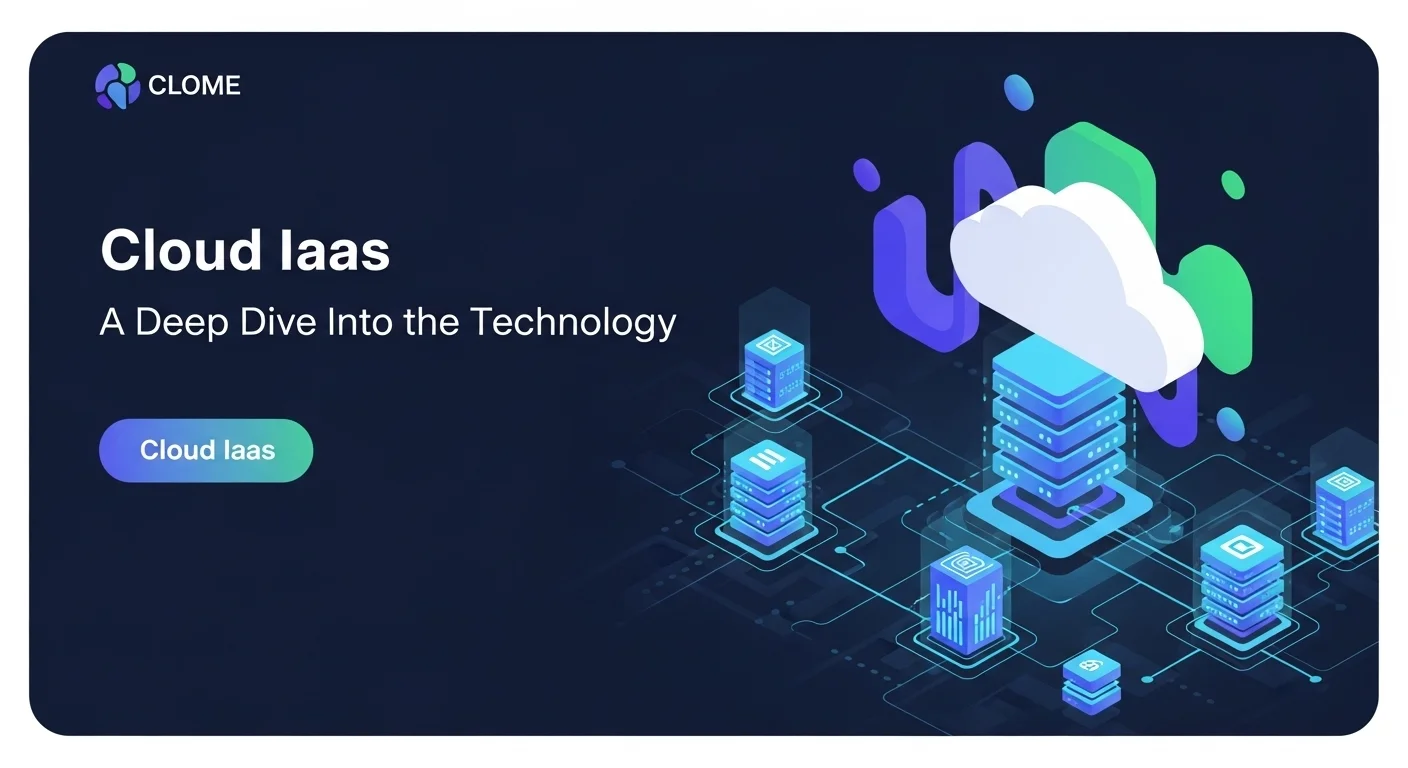
Pro Tips: Mastering Your IaaS Environment
Getting started with Infrastructure as a Service is one thing; truly mastering it is another. I've seen many teams move to the cloud and treat their virtual servers just like the old physical ones, which often leads to wasted money and missed opportunities. To truly elevate your experience, you need to think like a cloud native. Here are some of the most important tips and strategies I've learned over the years, with a focus on practical actions you can take with providers like Google Cloud IaaS and Oracle Cloud IaaS.
Mastering Cloud Cost Optimization
Cloud bills can be scary if you're not careful. Financial discipline is your best friend in a pay-as-you-go world. Here’s how to keep your spending under control:
- Right-Size Everything: This is the lowest-hanging fruit. Most people over-provision their VMs out of habit. Use the monitoring tools from your provider (like Google's Cloud Monitoring) to see how much CPU and RAM your instances are *actually* using. If a server is only using 10% of its power, shrink it down to a smaller, cheaper instance type. It’s a simple change that can save a fortune.
- Commit for Big Discounts: If you know you're going to be running a workload for a year or more, don't pay the on-demand price. You can get massive discounts (up to 70%!) by committing to a one- or three-year plan. Google Cloud even offers 'Sustained Use Discounts' that automatically kick in the longer a machine runs in a month, no commitment required.
- Use Spot VMs for Non-Critical Work: For tasks that can be interrupted—like batch processing or dev/test environments—use Spot VMs (or 'Preemptible VMs' in GCP). You're essentially bidding on spare capacity, which can save you up to 90%. The catch is the provider can take the machine back with short notice, so your application needs to be built to handle that.
- Automate Shutdowns: Your development environments don't need to run all night and on weekends. A simple script to shut them down outside of business hours can cut their costs by over 60%. It’s one of the easiest wins out there.
- Tag Everything and Set Alerts: You can't control what you can't see. Create a strict tagging policy to label every resource with its project, owner, or cost center. Then, set up budget alerts that email you when you're about to go over budget. This proactive approach prevents month-end surprises.
Strengthening Your IaaS Security
In the cloud, security is a partnership. The provider secures the physical data center, but you are responsible for securing your own data and applications. Here’s how to lock things down:
- Live by the Principle of Least Privilege: This is security 101. Use your provider's Identity and Access Management (IAM) tools to give users and services the absolute minimum permissions they need to do their job. Never use a root or admin account for day-to-day work.
- Build a Moat Around Your Network: Don't leave your VMs exposed to the public internet. Use Virtual Private Clouds (VPCs) to create your own isolated networks. Then, use firewall rules to tightly control what traffic can get in and out. Be ruthlessly specific.
- Encrypt by Default: Your data should be encrypted, always—both when it's sitting on a disk (at rest) and when it's moving across the network (in transit). All major IaaS cloud services, including Google Cloud and Oracle Cloud, make this easy. For your most sensitive data, use their key management services (KMS) to control your own encryption keys.
- Patch Your Systems Relentlessly: You are responsible for keeping the operating systems on your VMs up to date. Use automated tools to apply security patches as soon as they are available to protect against known vulnerabilities.
- Monitor for Threats Continuously: Use cloud-native security dashboards like Google's Security Command Center. These tools are designed to constantly scan your environment for misconfigurations, suspicious activity, and potential threats, giving you a single pane of glass to view your security posture.
Optimizing for Peak Performance
A slow application is a broken application. Performance is critical for a good user experience and operational efficiency.
- Choose the Right Storage: Don't use expensive, high-performance SSD storage for data you rarely access. And don't run a busy database on cheap, slow storage. Understand the different storage tiers your provider offers and match them to your workload's needs.
- Use Caching and CDNs: A Content Delivery Network (CDN) is a must-have. It stores copies of your static files (images, videos) in locations all around the world, closer to your users, making your site load much faster. For your application itself, use an in-memory cache like Redis to reduce how often you need to hit your database.
- Let Autoscaling Handle the Load: Autoscaling isn't just for saving money; it's a vital performance tool. By automatically adding more servers during traffic spikes, you ensure your application stays fast and responsive when it matters most.
- Watch Your Metrics: Keep a close eye on your key performance indicators like CPU usage, disk activity, and network latency. Set up alerts so you know about a performance problem before your customers do. The dashboards from providers like Oracle Cloud IaaS are incredibly detailed and powerful.
By making these strategies a part of your regular operations, you'll move from simply using the cloud to truly mastering it. It's an ongoing journey of refinement. For more high-level definitions and research on the topic, the Gartner IaaS glossary is a trusted external resource.
Expert Reviews & Testimonials
Sarah Johnson, Business Owner ⭐⭐⭐
The information about Cloud Iaas is correct but I think they could add more practical examples for business owners like us.
Mike Chen, IT Consultant ⭐⭐⭐⭐
Useful article about Cloud Iaas. It helped me better understand the topic, although some concepts could be explained more simply.
Emma Davis, Tech Expert ⭐⭐⭐⭐⭐
Excellent article! Very comprehensive on Cloud Iaas. It helped me a lot for my specialization and I understood everything perfectly.

